Introduction:
When I left Montreal on February 15th I knew that this would not be a predictable trip. From all that I’d heard, the border crossing from Egypt to Gaza (at Rafah) was unpredictable, at best. Yet I did not hesitate to pack and go, backed by the support and endorsement of many groups and individuals.
The need to lay the ground for sending larger Canadian delegations, the show of support to the suffering people in Gaza and the importance of witnessing and reporting the reality in the besieged territory were the major reasons and motivations behind this trip.
It was also important for individuals and activist groups to challenge the brutal and unjust siege of Gaza, since countries worldwide, for the most part, were either participating in it or silent about it.
Map: The tiny Gaza strip measuring an average of 8km x 40 km. (from Google Earth)

Map of Gaza
Photo 1: Blocked at the border.

The trip was not an easy one. My first two attempts to cross from Egypt to Gaza ended at the Rafah border crossing when the Egyptian authorities denied us exit announcing that, “the border is closed”. International activists, including myself, held a picket in front of the gates.
Photo 2: Tunnel police.
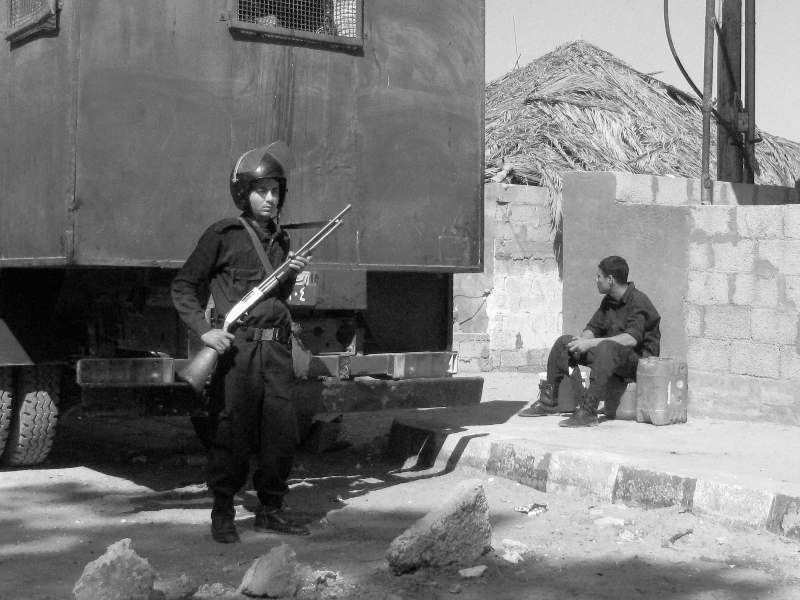
Tunnels between Egypt and Gaza are the lifeline for the besieged population of the strip. It is an industry that is flourishing and a few are making millions out of it. The tunnel industry is not sustained by arms smuggling, although some weapons must be passing through. The profits made through this trade are the reason the Egyptian government will never be able to crush the smuggling industry despite turning the border area into an army base. The only way to crush the tunnel trade, and also curb the arms smuggling, is to lift the siege and allow legal exchange of goods between Gaza and the world.
Photo 3: International delegations.
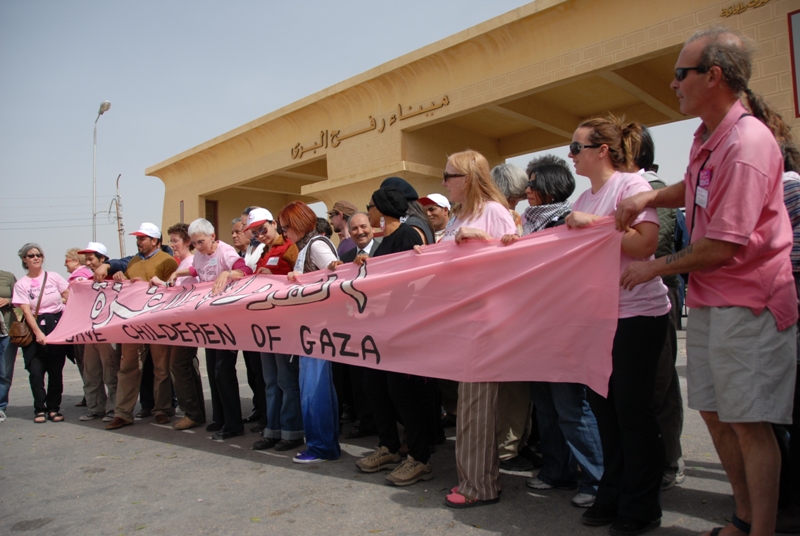
I met many internationals at the border, both individuals and small delegations from Britain, France, Jordan, the US as well as Bosnia. All were denied passage to Gaza. But when larger delegations were on the horizon: Code Pink from the US and Canada and Viva Palestina from the UK, the Egyptian government succumbed to the pressure and opened the border.
Photo 4: Two borders.
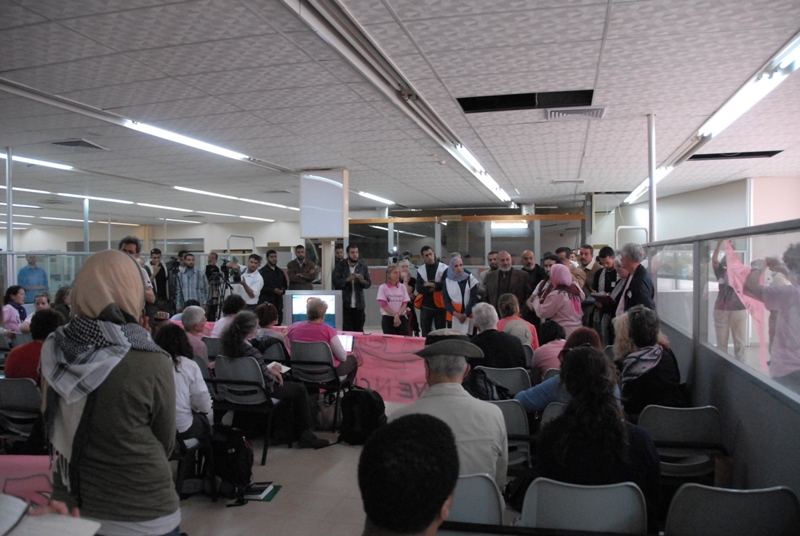
The contrast between the inefficiency at the Egyptian side of the border and the simple but efficient setup on the other side is astonishing considering the lack of resources available to the Hamas government in Gaza.
Photo 5: Targeted assassination.
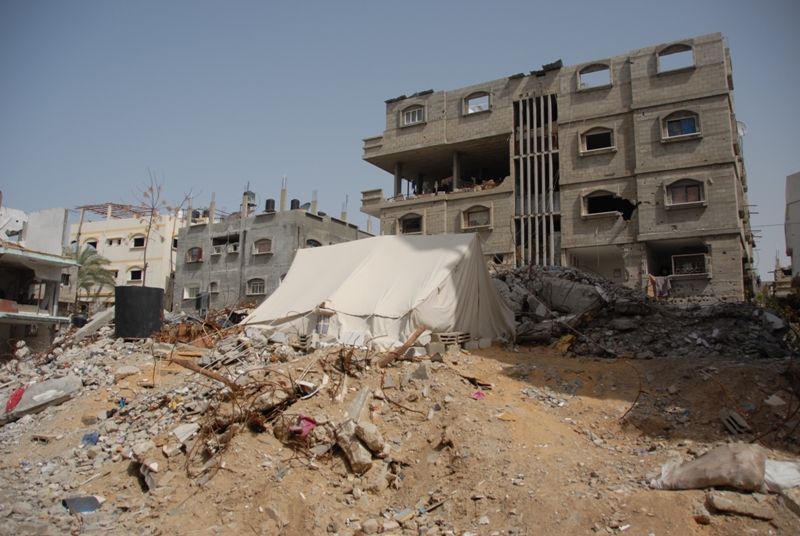
In the Jabalia refugee camp (one of the most populated and dense areas in Gaza) Israel assassinated Nizar Rayan, a Hamas leader, by bombing the apartment building he lived in, killing him and over 10 members of his family in addition to other neighbours. A tent now stands in place where the building used to be, between the heavily damaged neighbouring buildings.
Photo 6: I don’t want to make new friends.
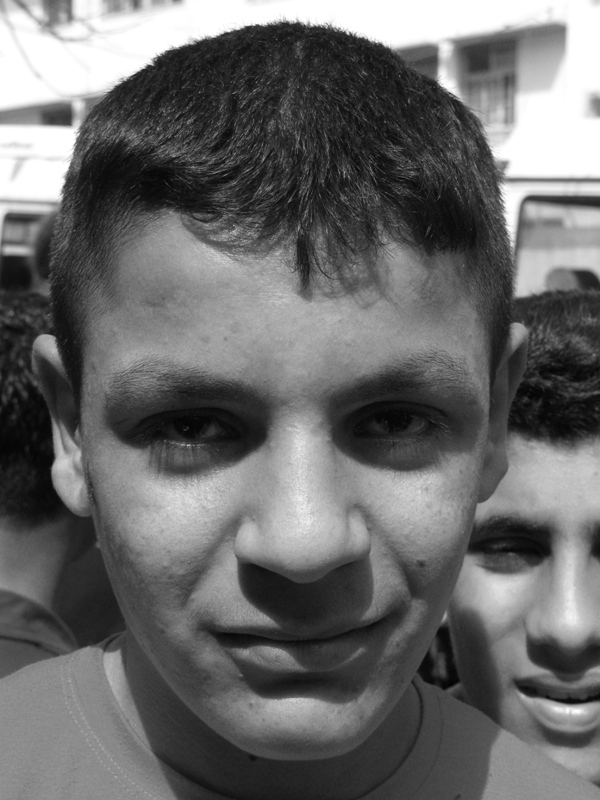
How do you react when a 13 year old tells you that the death of his friends is so painful that he does not want to make friends anymore?
Photo 7: This is what my factory looked like.
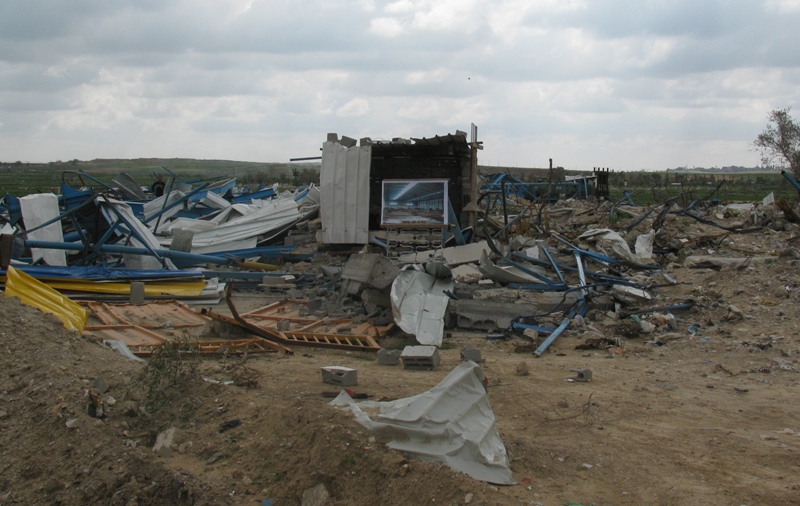
To remind the world how his factory was before Israel destroyed it, the owner placed a photo in front of the ruins. The destruction of this factory is not unique, Israel flattened anything that stood (houses, factories, schools, mosques and even plantations) in an area extending up to two kilometres from the border.
Photo 8: Tents again.
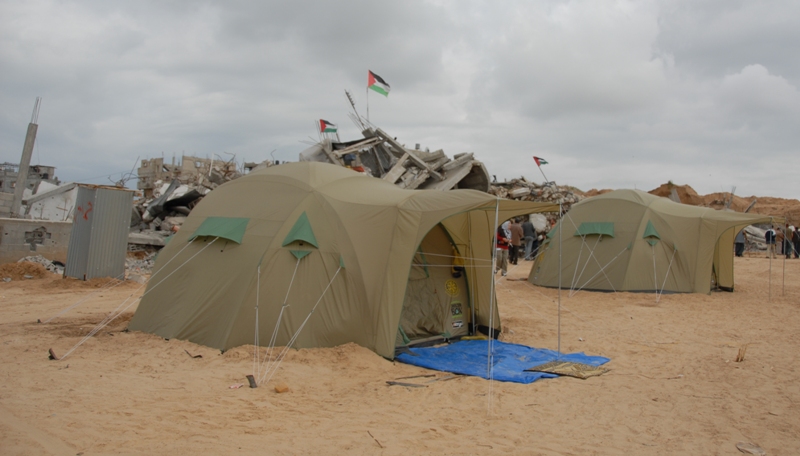
How many times will we have to build then move back to tents again?
Photo 9: We don’t want handouts …
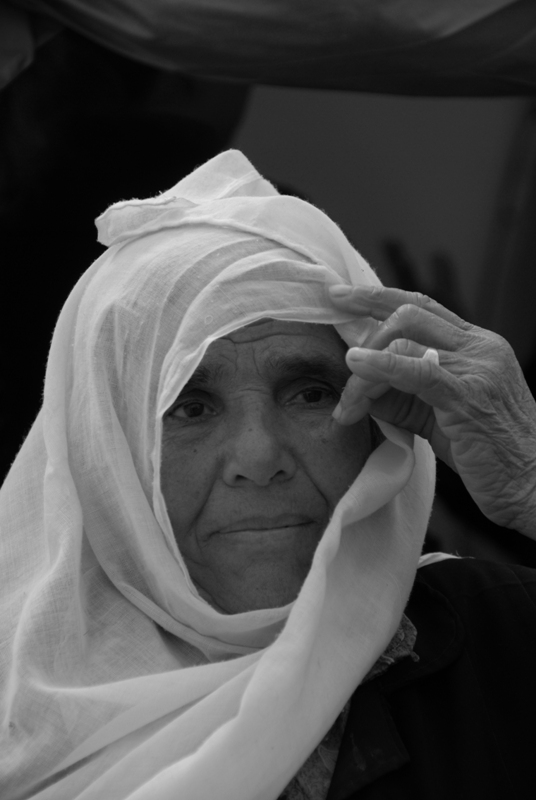
We want our houses back and we want security, she told us.
Photo 10: “We don’t like your democracy.”
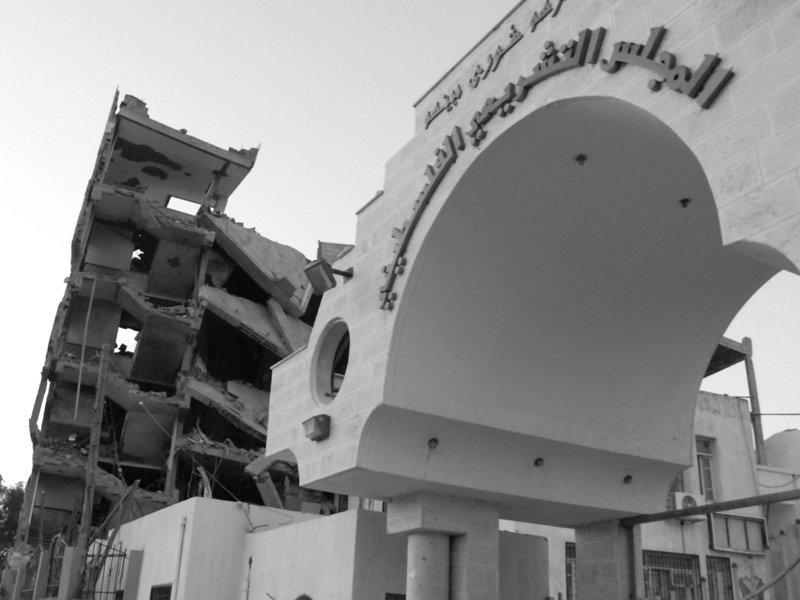
Israel also targeted the Palestinian Legislature in Gaza city.
Photo 11: Gaza is still beautiful.
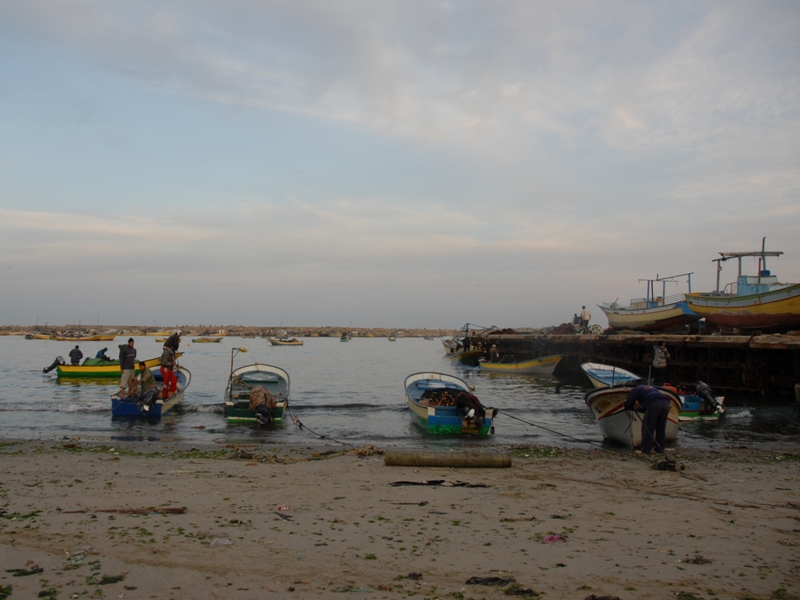
Sunrise at the Gaza harbour is spectacular, despite the warning gunfire heard whenever a fishing boat leaves the harbour. The Israelis are always trying to intimidate.
One thing was clear to me by then, my last morning in Gaza before heading back to Egypt: The Palestinians will not disappear. Their persistence and determination to continue their lives as normally as they can, despite all difficulties, is the pinnacle of peaceful resistance.








